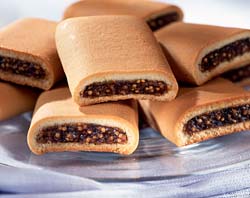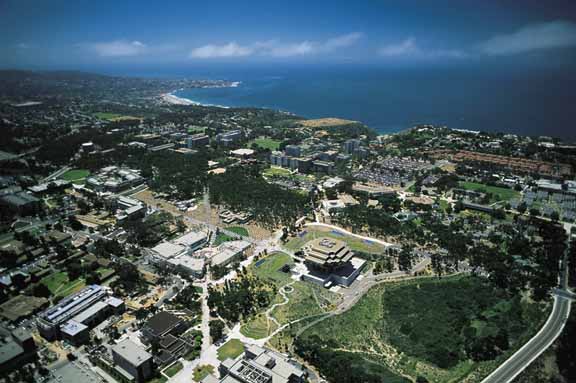Welcome again to another week of Natural Treasures! Hello to all of our new subscribers. :)
Word association game time: When you think of figs, what's the first thing that comes to mind?
 |
| Make your own at home! A great recipe found here. |
Ah, well, that's close enough. If you're really food-minded, you might even think of these:
 |
| Most figs harvested in the United States are grown in the San Joaquin Valley of California. Read more about this industry at californiafigs.com. |
Yum! But you may be surprised to find that around campus, we have a species or two of fig (or Ficus) of our own. They look like this:
 |
| Dr. Henter does a lovely job of modeling our open specimens. |
Neat, right? One particularly easy-to-find fig tree grows on the walkway next to the Sun God statue, leading to AP&M and Muir Biology, just on the outskirts of the Faculty Club parking lot. Here, you'll find zillions of fallen fruits. Truth be told, neither Nicole nor I have looked into whether or not these figs are appetizing or even edible... an adventure for another time. Our best guess for this particular species is that it is a Ficus rubiginosa.
 |
| Ficus rubiginosa. Maybe. |
So what's the big deal with figs? Why do they look the way they do on the inside? The "fruit" itself is actually what is called an involuted inflorescence-- a collection of many tiny flowers growing on the inside of the enclosure rather than on the outside. Thus, the only way to see the flowers of the fig tree is to cut open the "fruiting bodies", where each individual flower holds one individual seed.
Let's think about this now. From what most of us have learned since grade-school science is that most plants need to be pollinated in order to reproduce. Pollination occurs from flower to flower. How then do figs become pollinated if their flowers are so hard to access?
Warning: You'll never be able to think of fig fruits the same way. Weird science ahead! Hold on to your stomachs...
For every species of fig, there is a specialized species of fig wasp that pollinates and lays its eggs in its inflorescences. Within nearly every fig fruit there lays one dead female fig wasp that entered, laid eggs, and died. If you love figs, yes, this means, you've been eating bugs. Hakuna Matata! (If you're a vegetarian or vegan... my apologies for ruining this fruit. But alas! The truth must be told.)
 |
| Cute, right? |
Fig wasps have an extraordinary life cycle that intimately involves figs. It starts when a female enters an unripened fig through an opening called an ostiole and oviposits, or lays her eggs, in the inverted flowers of the fruit. This process kills the flowers that she oviposits into, but she can only oviposit in short female flowers, thus, the long female flowers are spared and seeds continue to develop. Shortly afterward, the female dies. When the eggs begin to hatch, male wasps hatch first and fertilize their still-unhatched sisters. Wingless and otherwise useless, the males dig escape tunnels for their sisters and die. The sisters hatch, collect pollen from the male flowers and exit the fig they were born in to search for the fig that they will too, lay eggs and eventually die in.
Nature has a funny way of maintaining balance-- too many oviposited eggs could kill all the seeds of a fig, yet there are usually enough surviving long flowers to produce new seeds. Even weirder-- female wasps are able to control the ratio of male-to-female offspring. After all, you only need enough males to fertilize so many females, and sperm production across the board is relatively low in energetic costs. This we will revisit in a later post. For now, rest assured that there are some commercial (albeit sterile) figs that do not require wasp pollination... but most figs you'll find on the market are indeed, wasp-pollinated.
Next time you bite into a fig or even a Fig Newton, say a little thank you to the tiny pollinator that made your snack possible. ;-)










